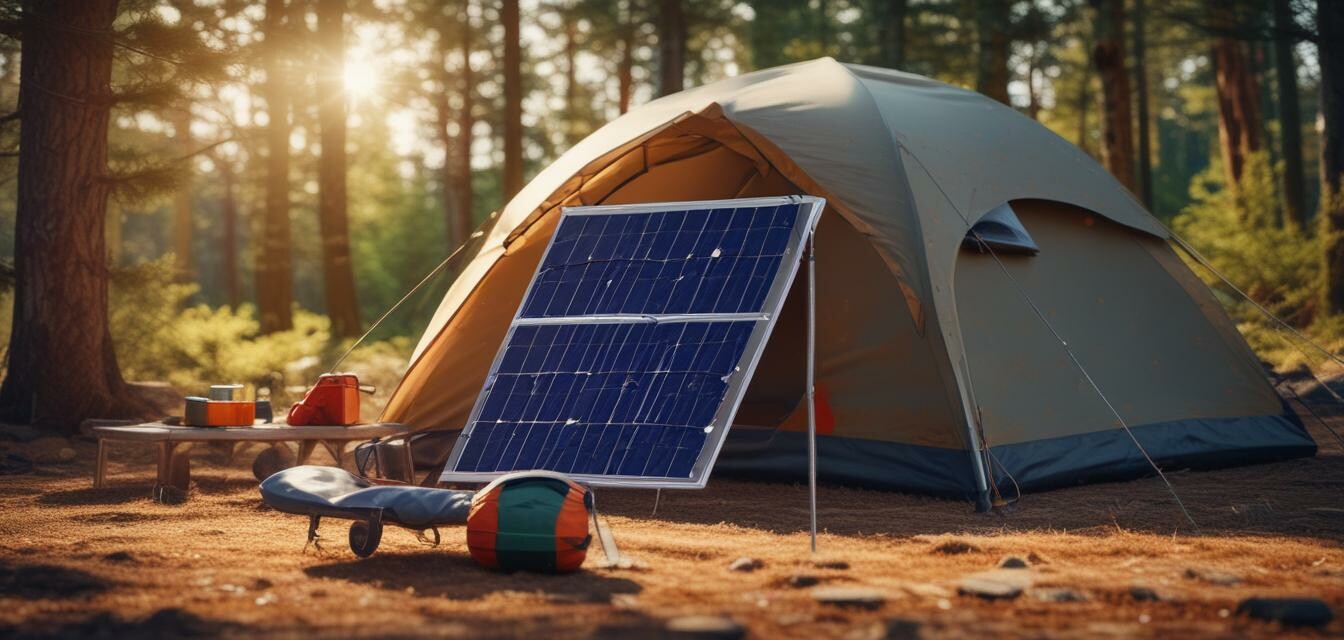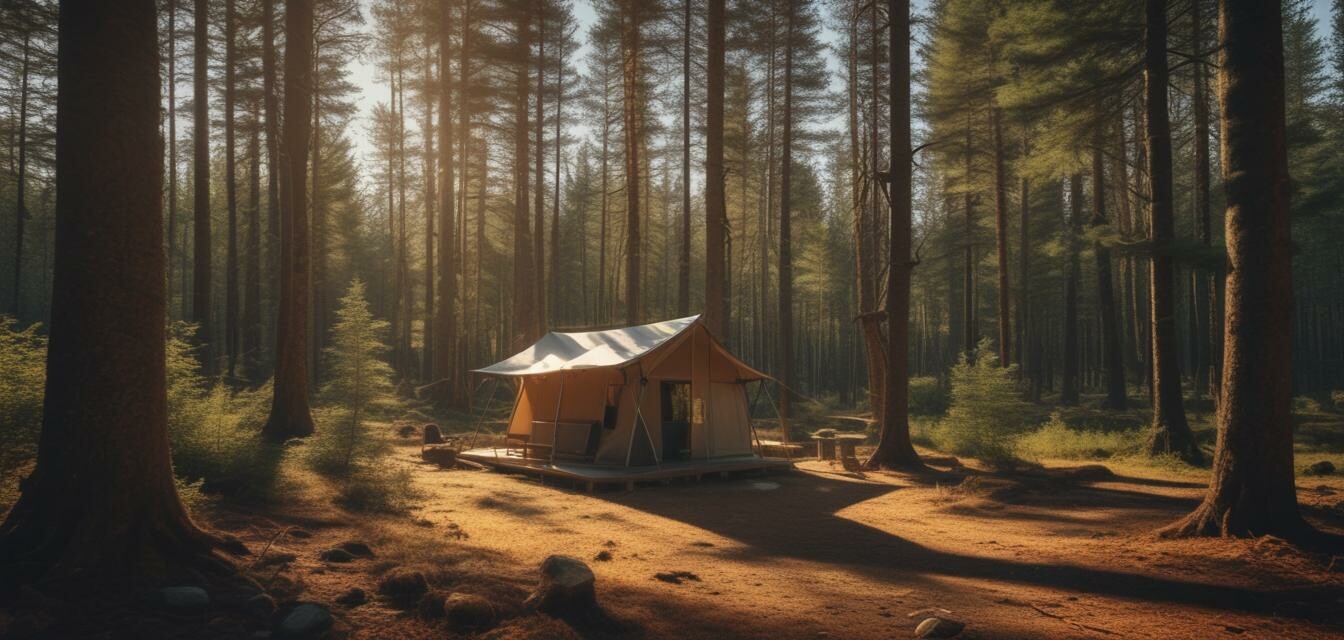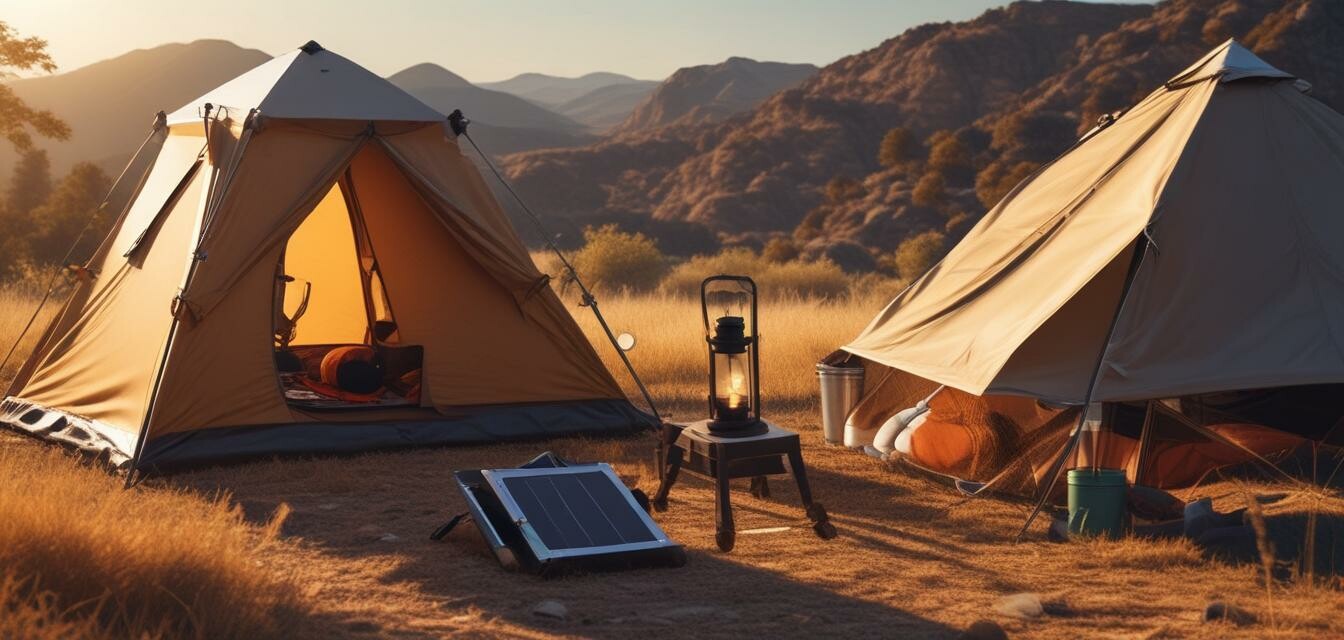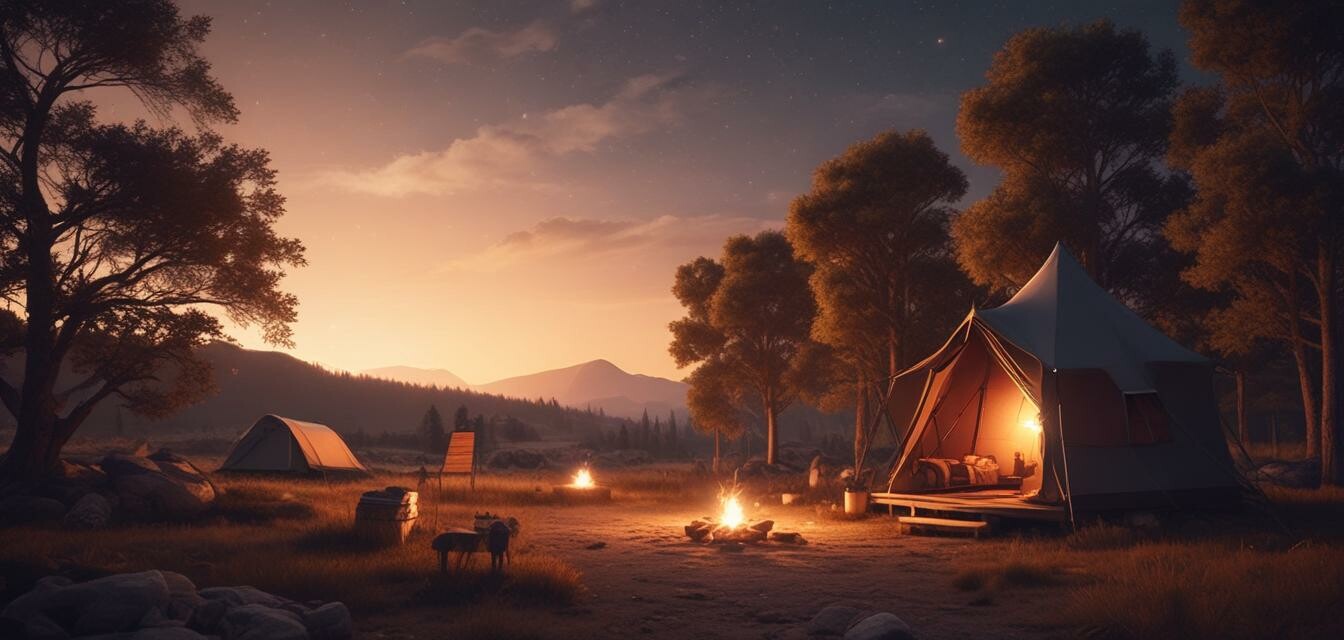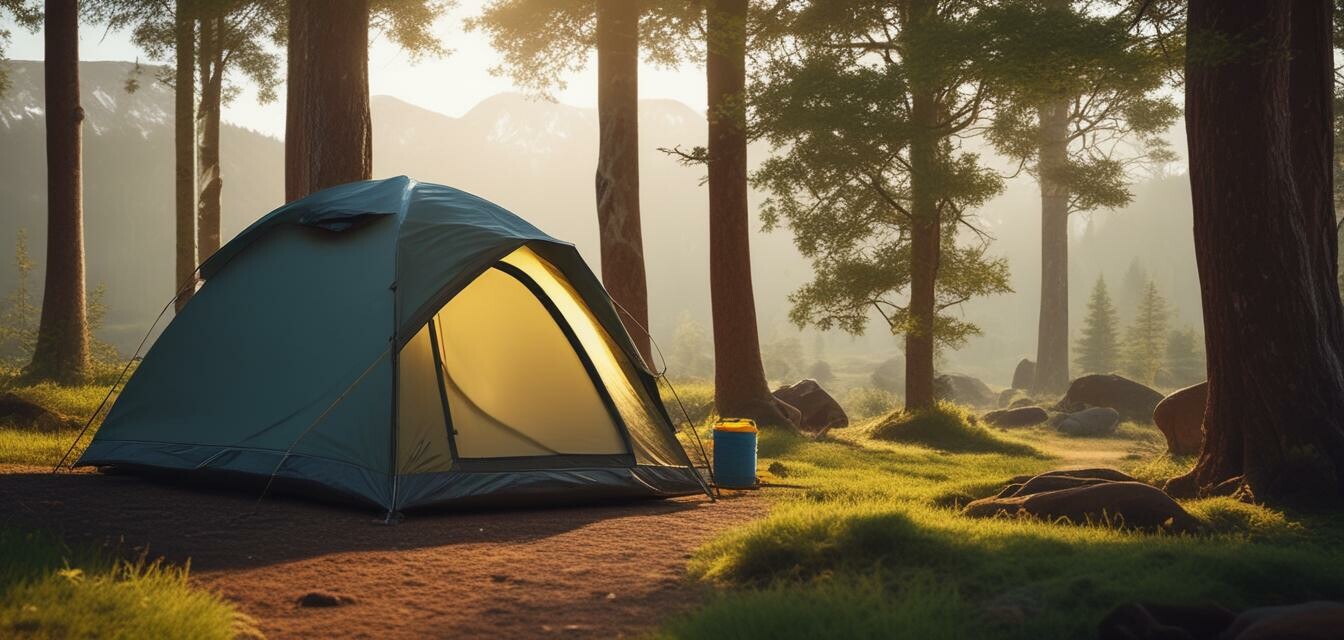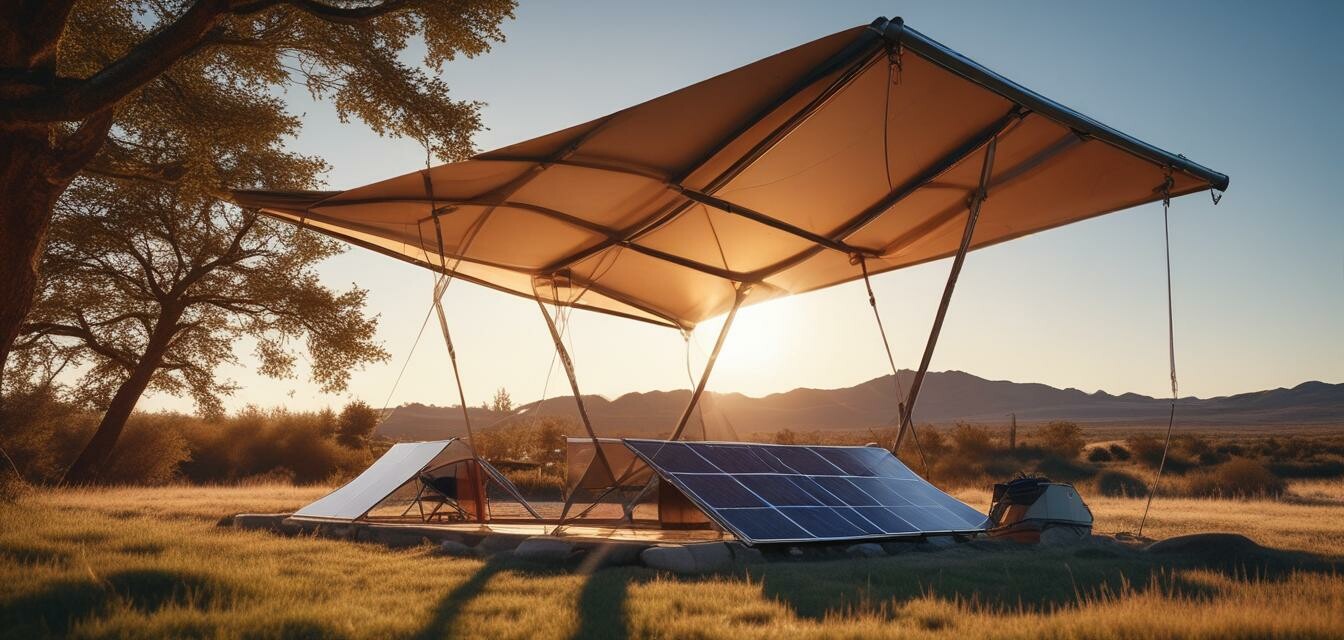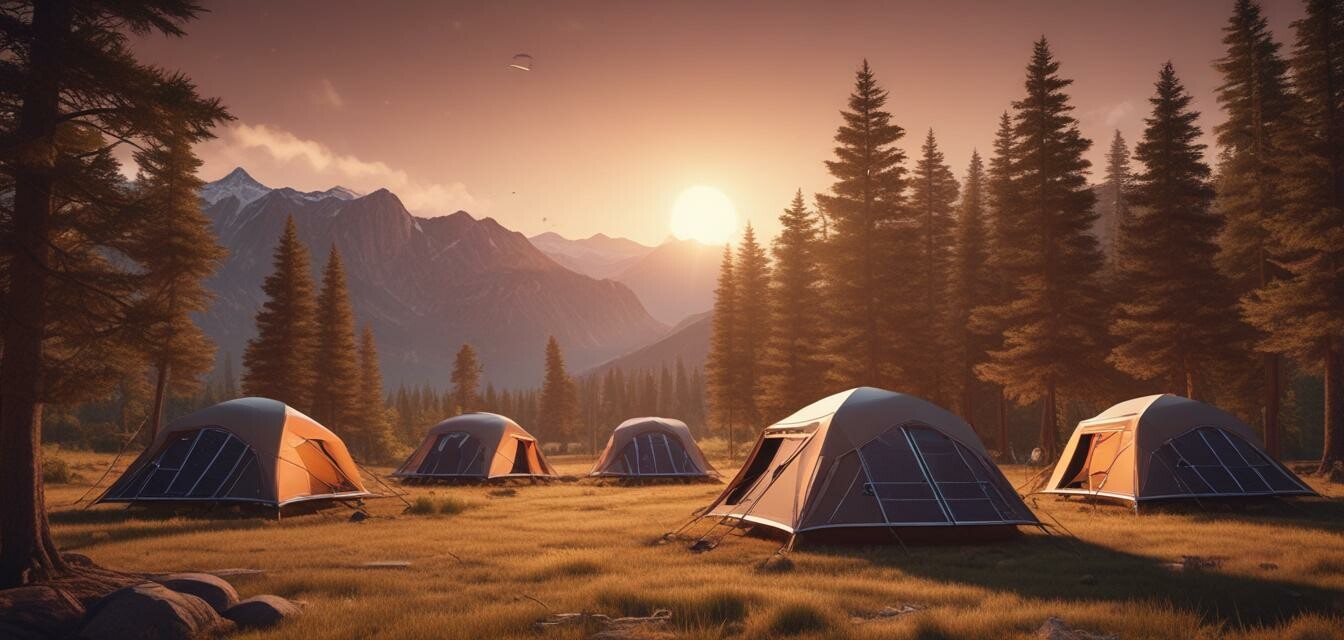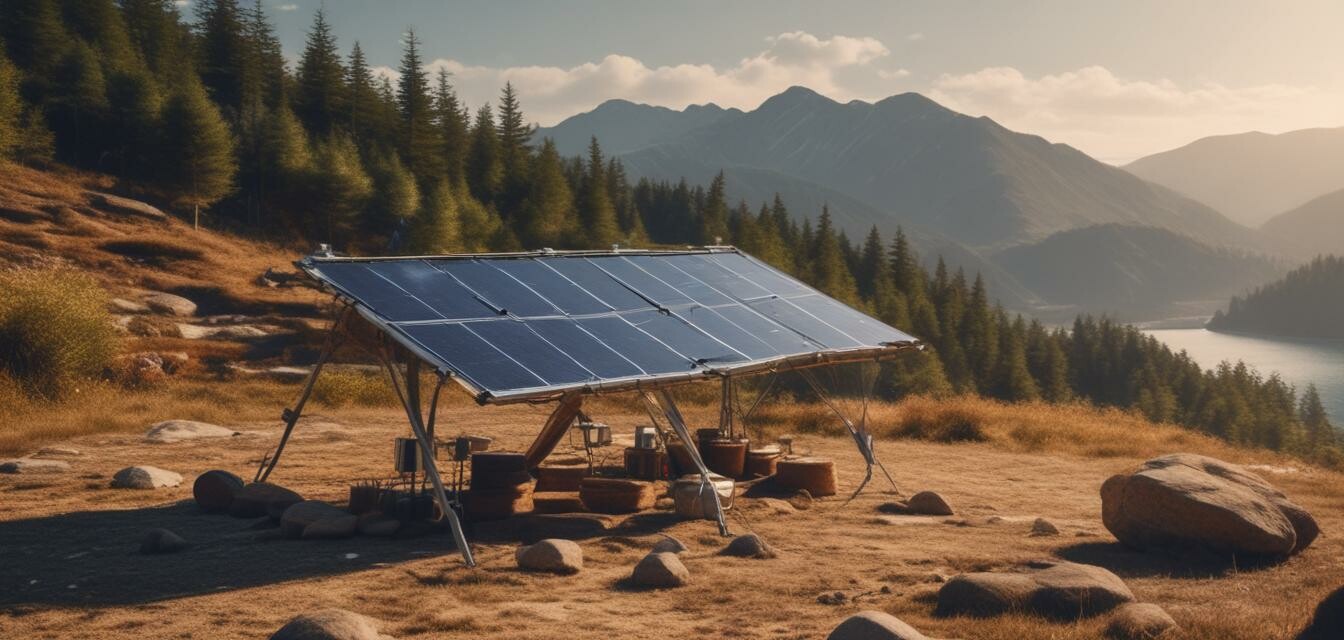
Setting Up Solar-Powered Shelters: A Step-by-Step Guide
Setting up a solar-powered shelter can be a game-changer for campers and outdoor enthusiasts. Not only does it provide a reliable source of energy, but it also reduces your carbon footprint. In this article, we'll take you through a step-by-step guide on how to set up solar-powered shelters in different terrains and weather conditions.
Key Takeaways
- Choose a suitable location for your solar-powered shelter based on terrain and weather conditions.
- Select the right solar-powered equipment for your shelter, including solar panels, batteries, and inverters.
- Assemble and install your solar-powered shelter following the manufacturer's instructions.
- Test and maintain your solar-powered shelter regularly to ensure optimal performance.
Choosing the Right Location
When it comes to setting up a solar-powered shelter, the location is crucial. You need to consider the terrain, weather conditions, and access to sunlight. Here are some factors to consider:
| Terrain | Considerations |
|---|---|
| Mountainous | Avoid steep slopes and rocky terrain. Look for flat areas with minimal tree coverage. |
| Desert | Choose a location with minimal sand dunes and rocky outcroppings. Consider the direction of the sun and wind. |
| Forest | Avoid areas with dense tree coverage. Look for clearings or areas with minimal tree growth. |
Selecting the Right Equipment
When it comes to selecting the right equipment for your solar-powered shelter, you need to consider the following:
| Equipment | Function | Considerations |
|---|---|---|
| Solar Panels | Generate electricity from sunlight | Choose panels with high efficiency ratings and durable construction. |
| Batteries | Store excess energy for later use | Select batteries with high capacity and deep cycle capabilities. |
| Inverters | Convert DC power to AC power | Choose inverters with high efficiency ratings and surge protection. |
Solar camping tents are a great option for campers who want a hassle-free setup. These tents come with built-in solar panels and batteries, making it easy to generate and store energy.
Assembling and Installing Your Solar-Powered Shelter
Once you have all the necessary equipment, it's time to assemble and install your solar-powered shelter. Here are some tips to keep in mind:
- Follow the manufacturer's instructions for assembling and installing your equipment.
- Make sure all connections are secure and weather-tight.
- Test your equipment regularly to ensure optimal performance.
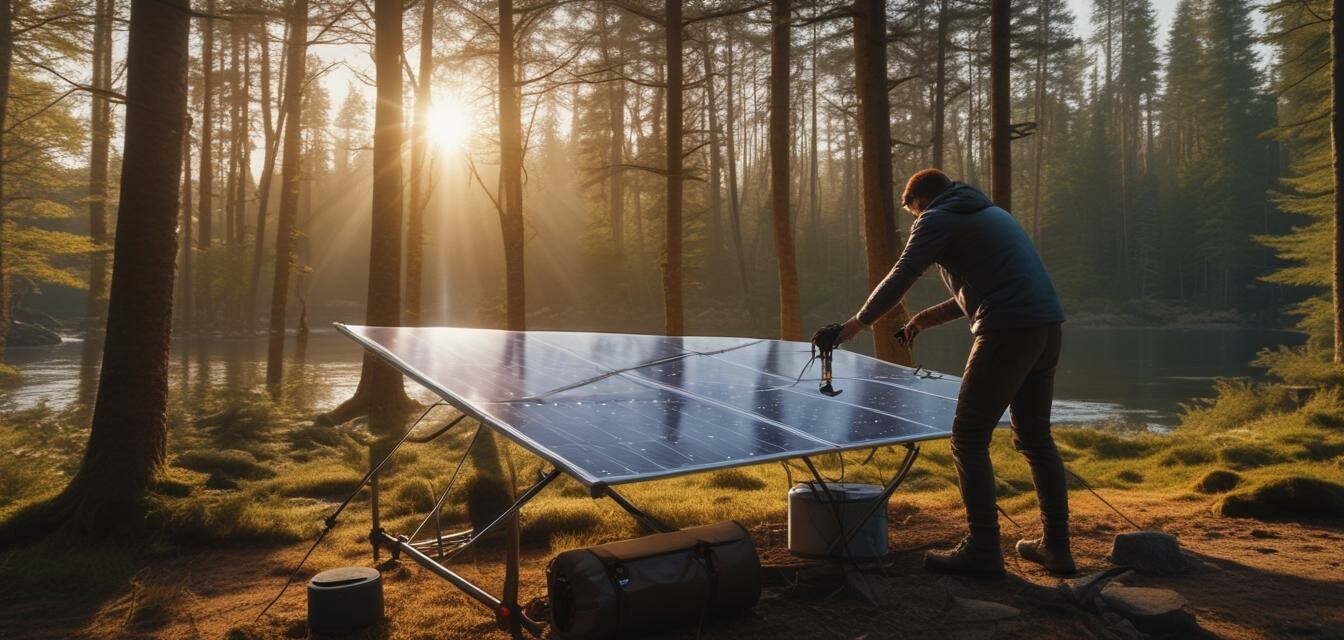
Maintaining Your Solar-Powered Shelter
Maintaining your solar-powered shelter is crucial to ensure optimal performance. Here are some tips to keep in mind:
- Regularly clean your solar panels to ensure maximum energy generation.
- Check your batteries regularly to ensure they're holding their charge.
- Perform routine maintenance on your inverter and other equipment.
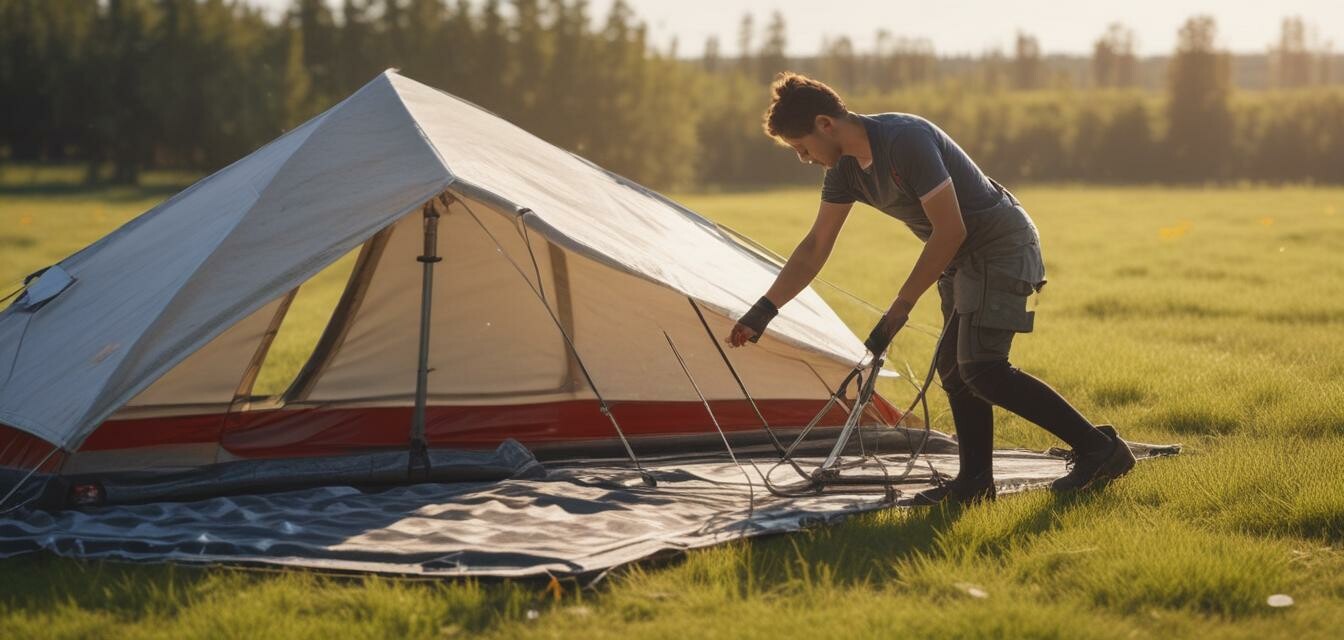
Tips for Beginners
If you're new to solar-powered shelters, here are some tips to keep in mind:
- Start small and gradually upgrade your equipment as you gain experience.
- Practice setting up and installing your equipment before heading out on a camping trip.
- Always follow the manufacturer's instructions and take necessary safety precautions.
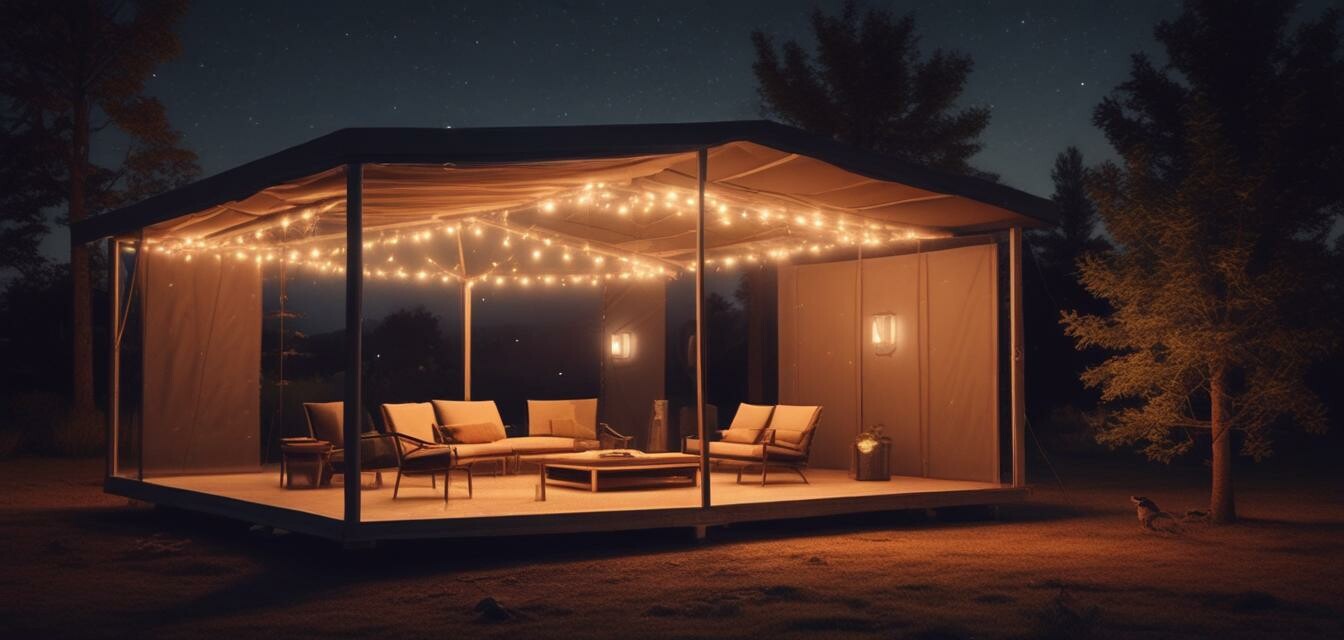
Pros
- Renewable source of energy
- Reduces carbon footprint
- Increased energy independence
Cons
- Initial investment can be high
- Weather conditions can affect energy generation
- Requires regular maintenance
Setting up a solar-powered shelter can be a rewarding experience for campers and outdoor enthusiasts. By following these steps and considering the right equipment and location, you can enjoy a reliable source of energy while reducing your carbon footprint. Happy camping!

